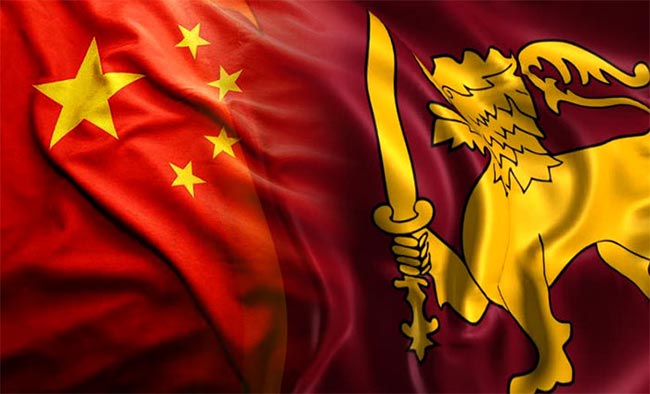
As the debt crisis continues to grip the island nation of Sri Lanka, the root cause of problems behind the loans lent by China are weak regulatory frameworks in the country and weak circumspection exercised by politicians and public officials in making decisions, a research media release said.
Media reports partly blame China and its lending practices, for Sri Lanka’s debt crisis, said a Verite Research media release.
It said: The publication titled: “The Lure of Chinese Loans: Sri Lanka’s experiment with a special framework to finance its infrastructure” sheds light on the perils of creating frameworks to facilitate deviations from competitive bidding to tap into concessional export credit from emerging economies such as China, Sri Lanka local daily The Island reported citing the release.
Moreover, the report highlighted that the underlying causes of problems associated with loans taken to finance infrastructure are weak regulatory frameworks in the country and that fixing the country’s procurement regulatory framework and improving independent oversight of the procurement process is essential to prevent irresponsible borrowing, cost overruns, and poor project selection.
In 2010, Sri Lanka introduced a framework that allowed the cabinet to approve the processing of projects that originated as Unsolicited Proposals (USPs) outside the normal competitive bidding process, the Island Mirror revealed quoting the report.
The report also analysed the design and execution of the special framework and found out that the lack of rigour in the evaluation process and the ability of decision-makers to exercise excessive discretion made the framework highly prone to abuse and misuse. The analysis of the Gampaha, Attanagalla, and Minuwangoda Water Supply Project (GAMWS), approved by SCARC, demonstrated the weaknesses of the special framework in practice. The project originated as a USP from China Machinery Engineering Corporation (CMEC) and was awarded to the same company despite having little experience and expertise in similar water projects.
The period of 2010-2016 can be considered the golden era for financing from China, with Sri Lanka receiving USD 5,895 million in loans from China. Over half of these loans (53pc) were realised through projects that were approved by SCARC.
The report’s analysis further revealed inadequacies in the oversight processes to detect and prevent malpractices and lack of accountability emerged as a key factor in contributing to the recurrence of such problems.
Keeping in mind the fragility of Sri Lanka as a smaller country, the Chinese government cultivated relations with the Rajapaksa family by offering expensive vanity projects earlier. Some of the projects are Mattala Rajapaksa International Airport in southern Sri Lanka, which was principally funded by a high interest loan from a Chinese bank and has operated at a loss since it opened. Moreover, under the Belt and Road Initiative (BRI), Chinese investment skyrocketed in the island nation. (ANI)
